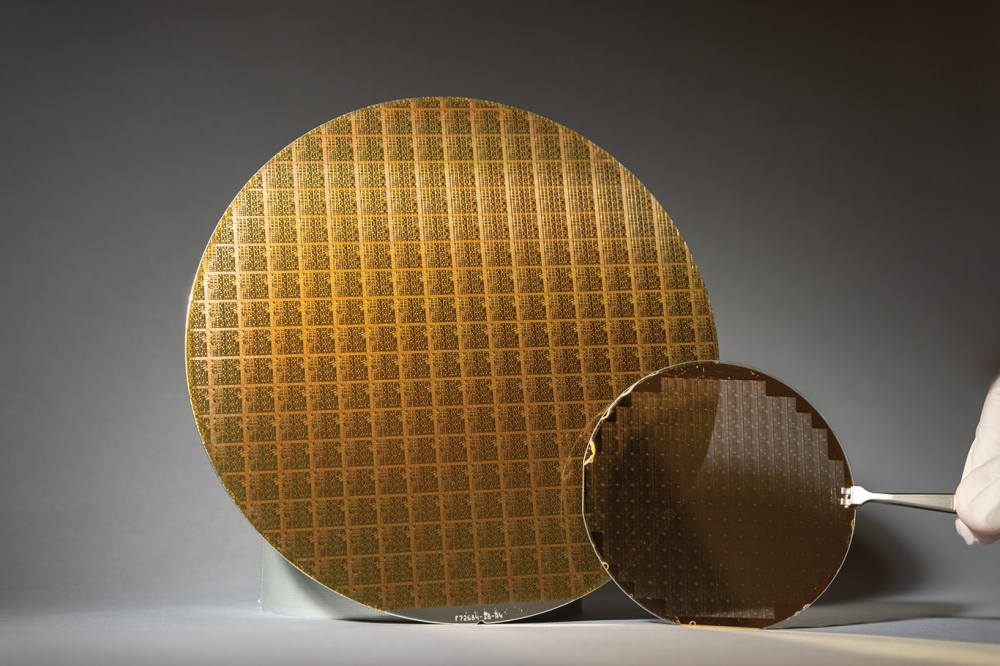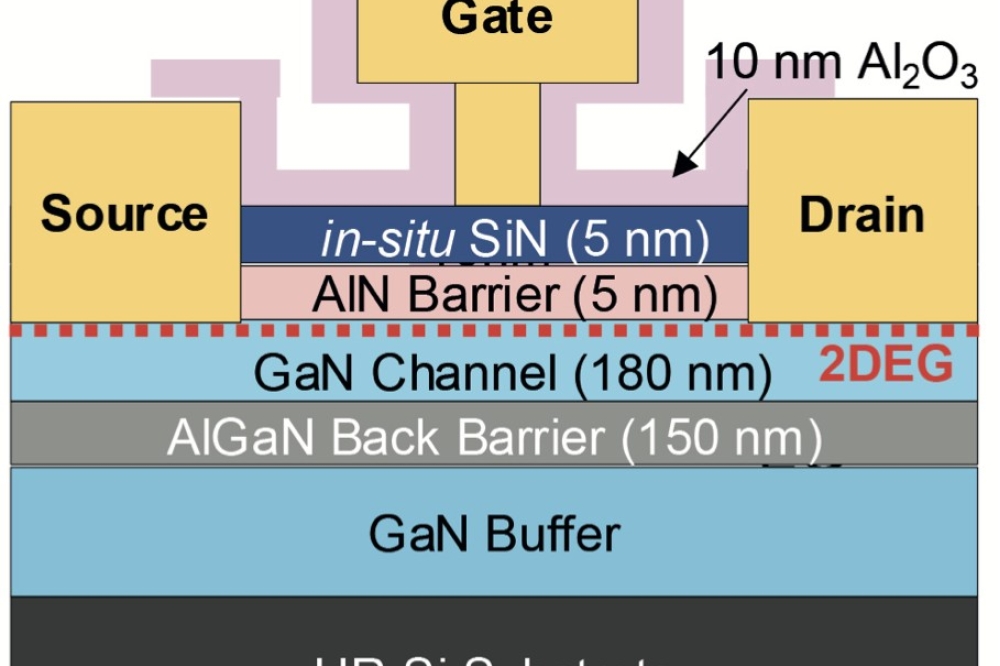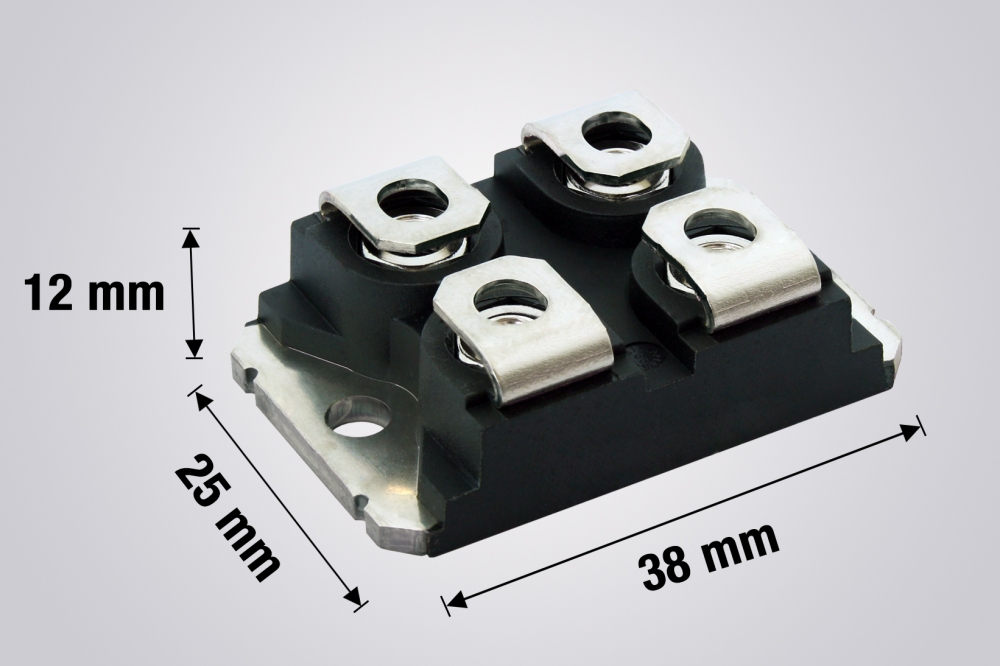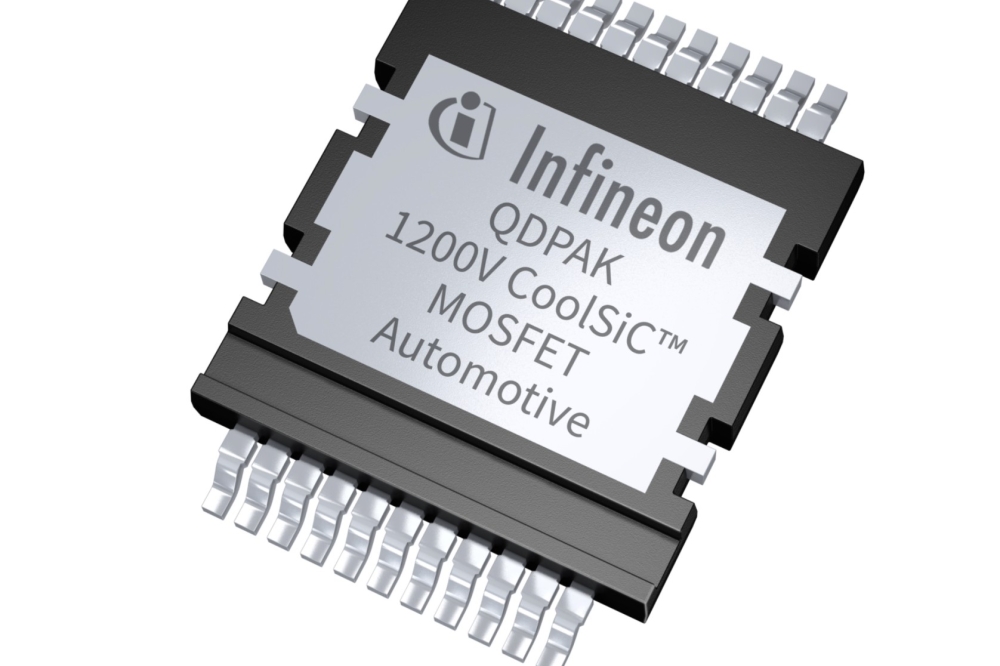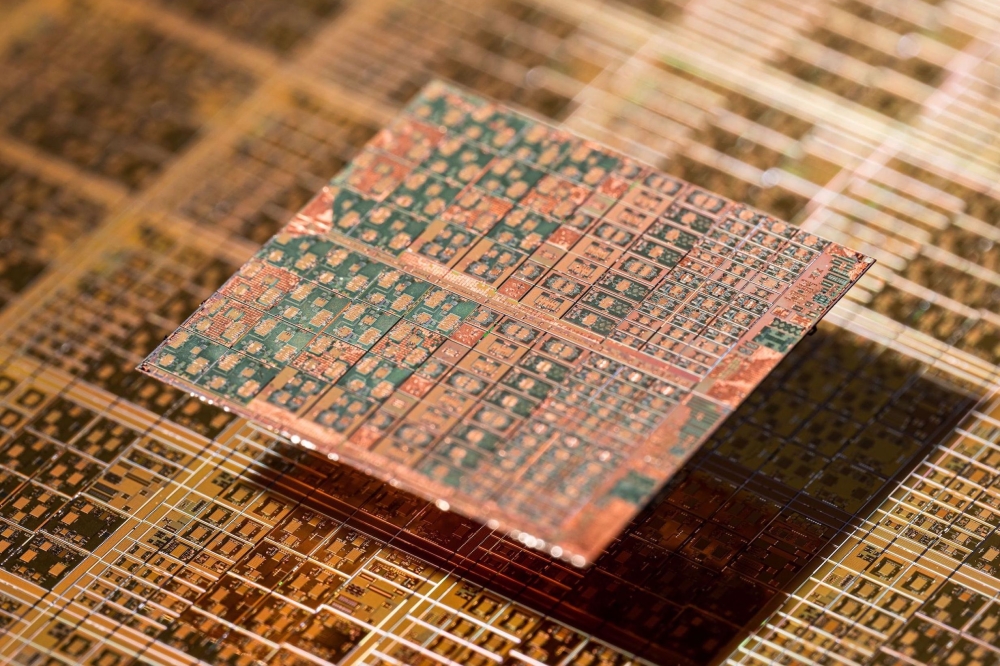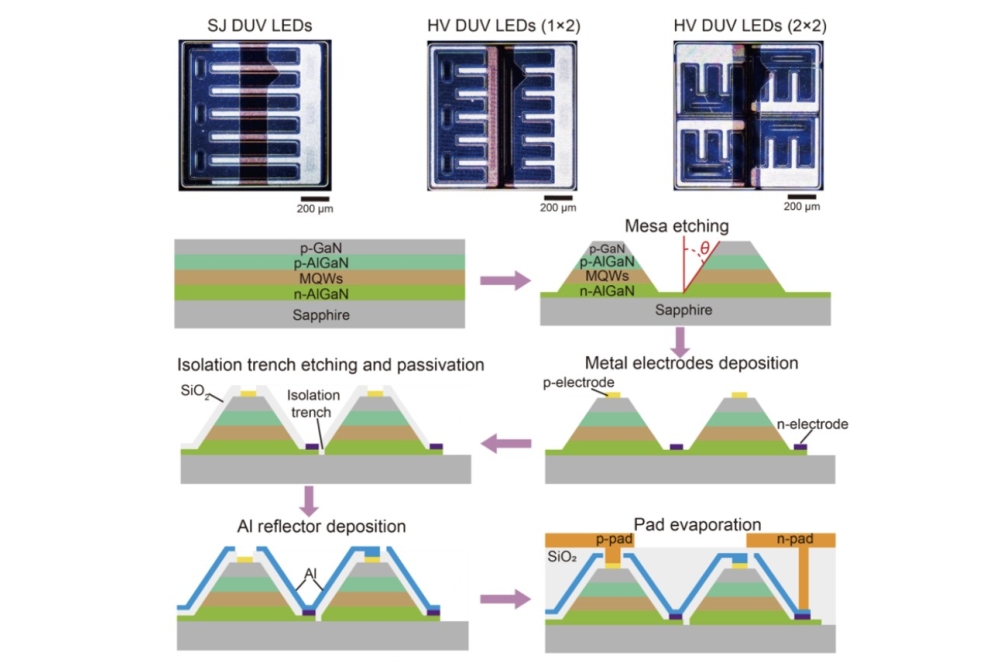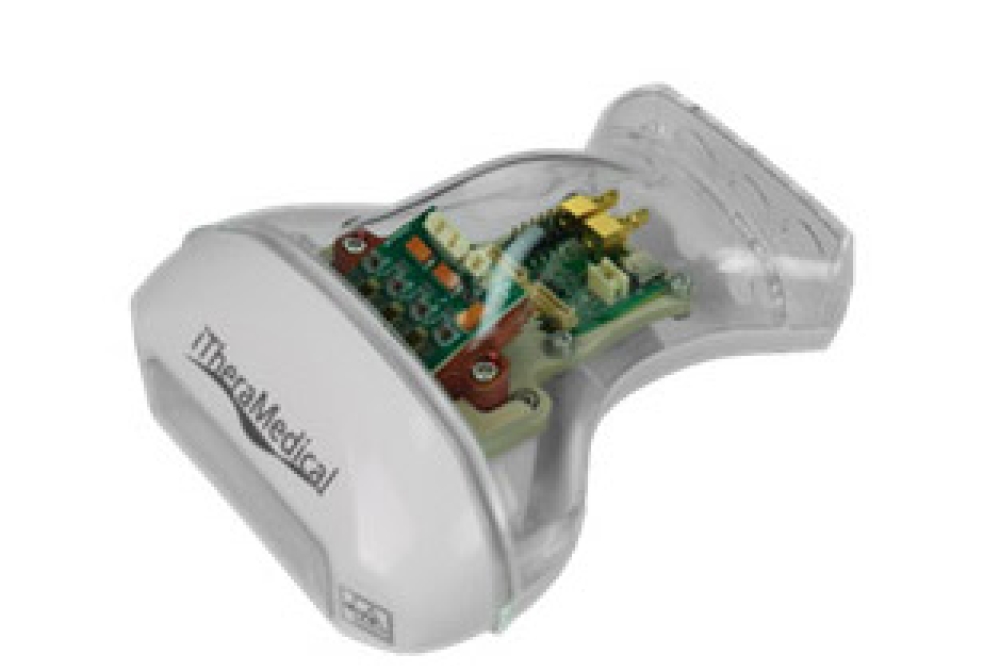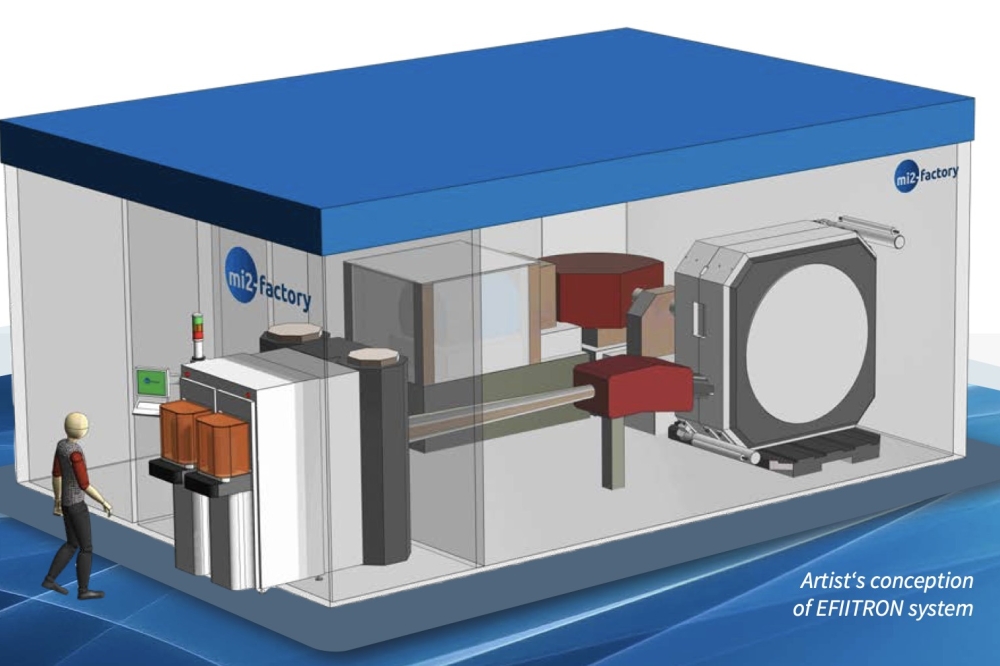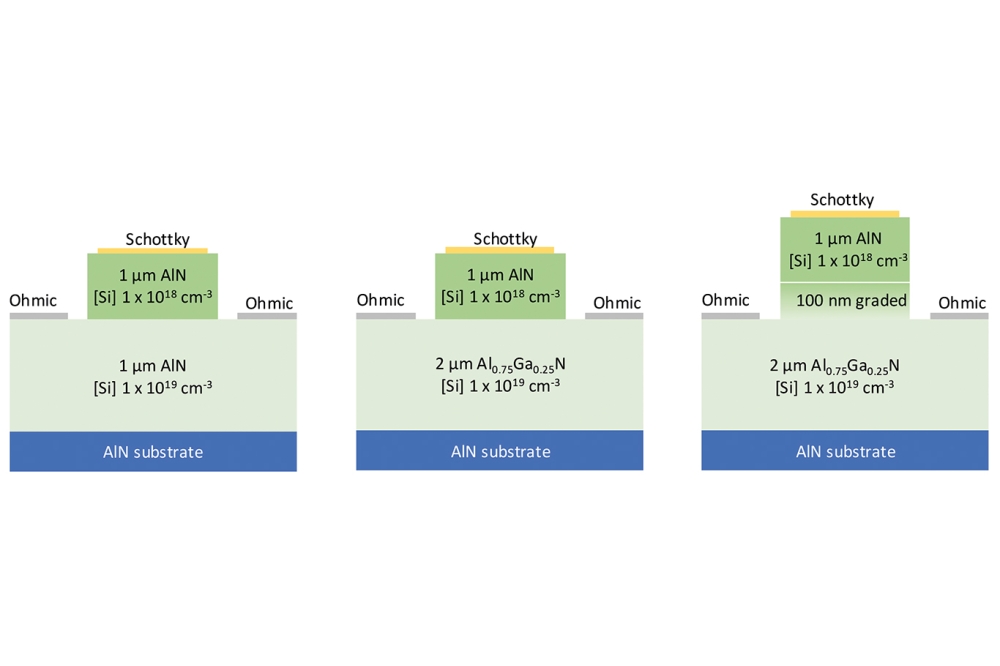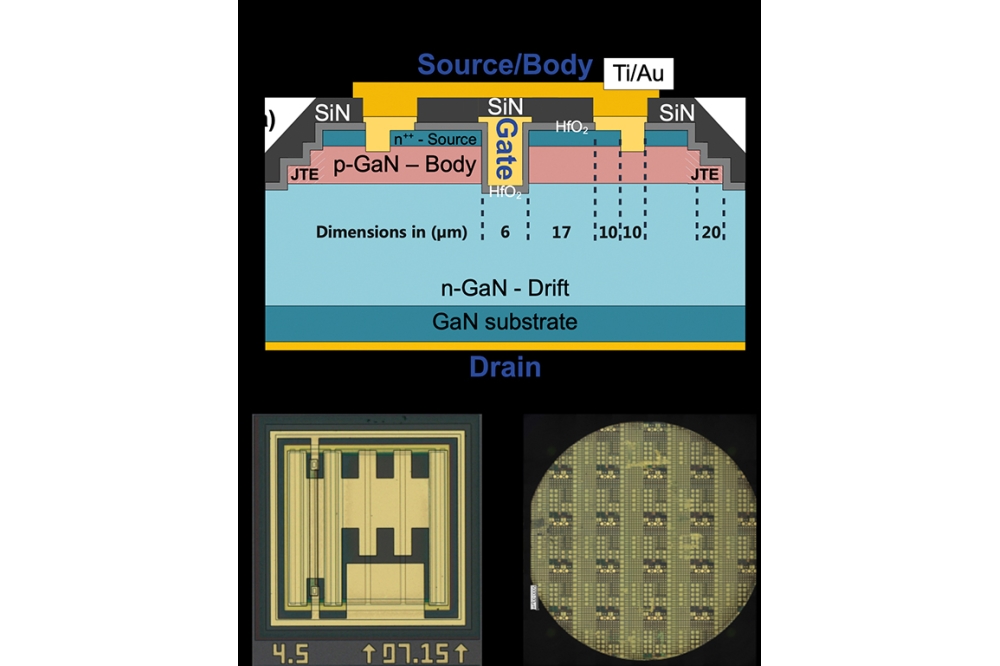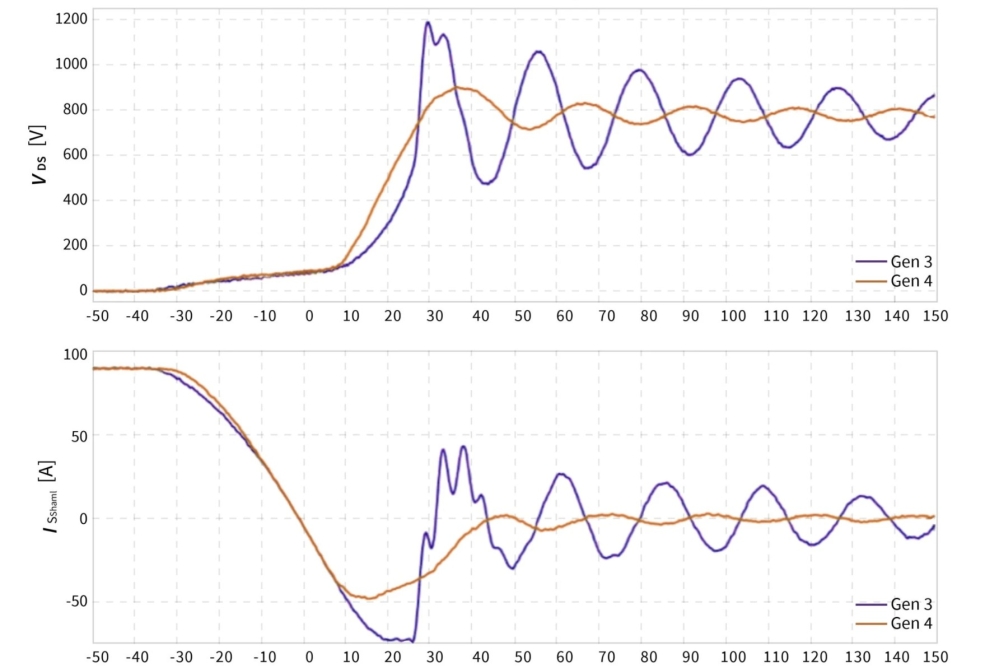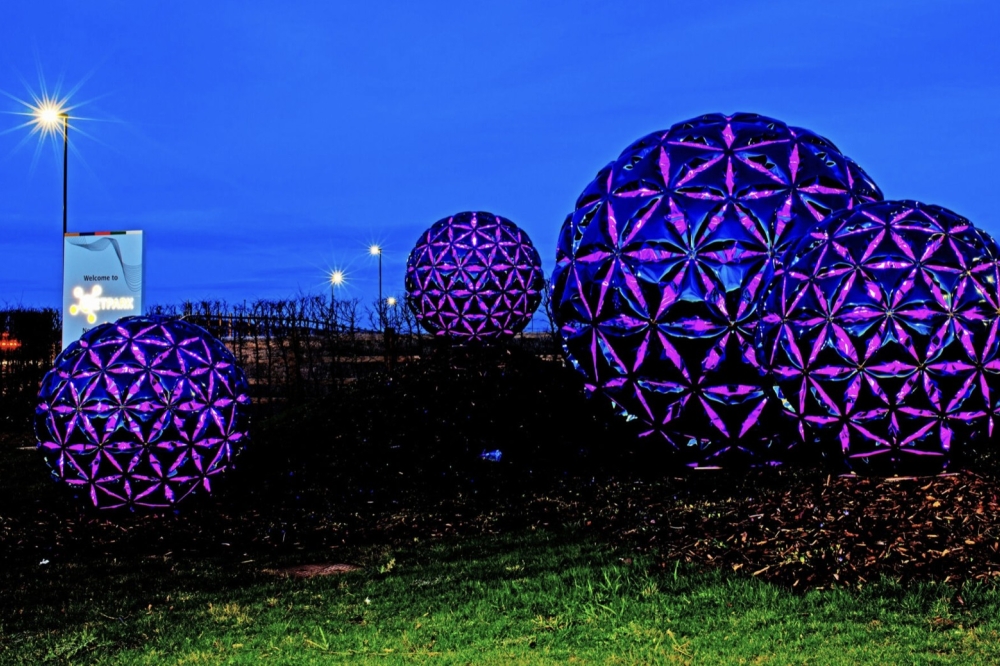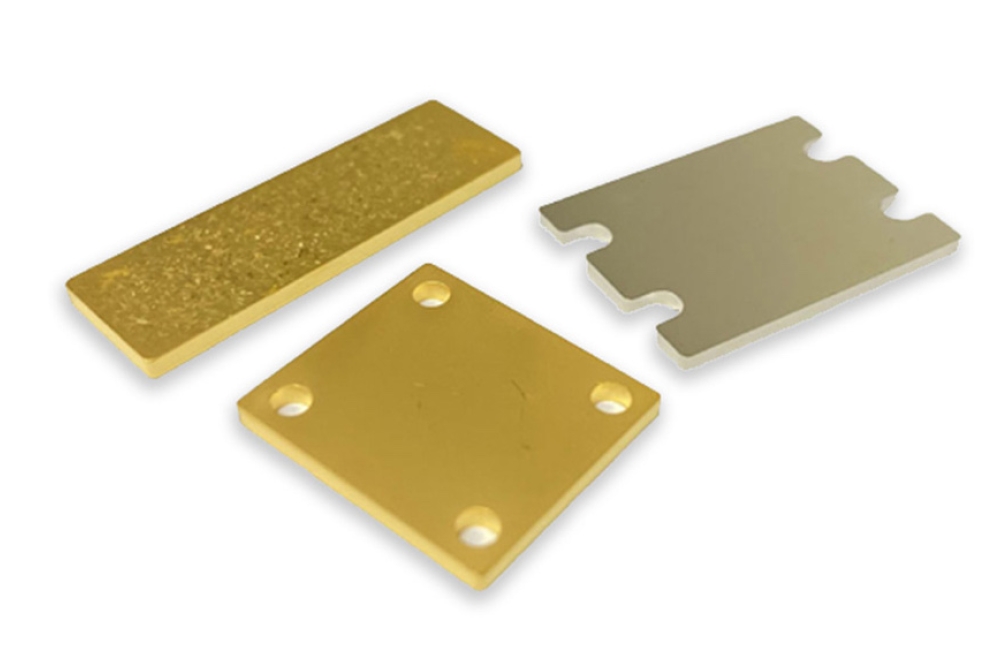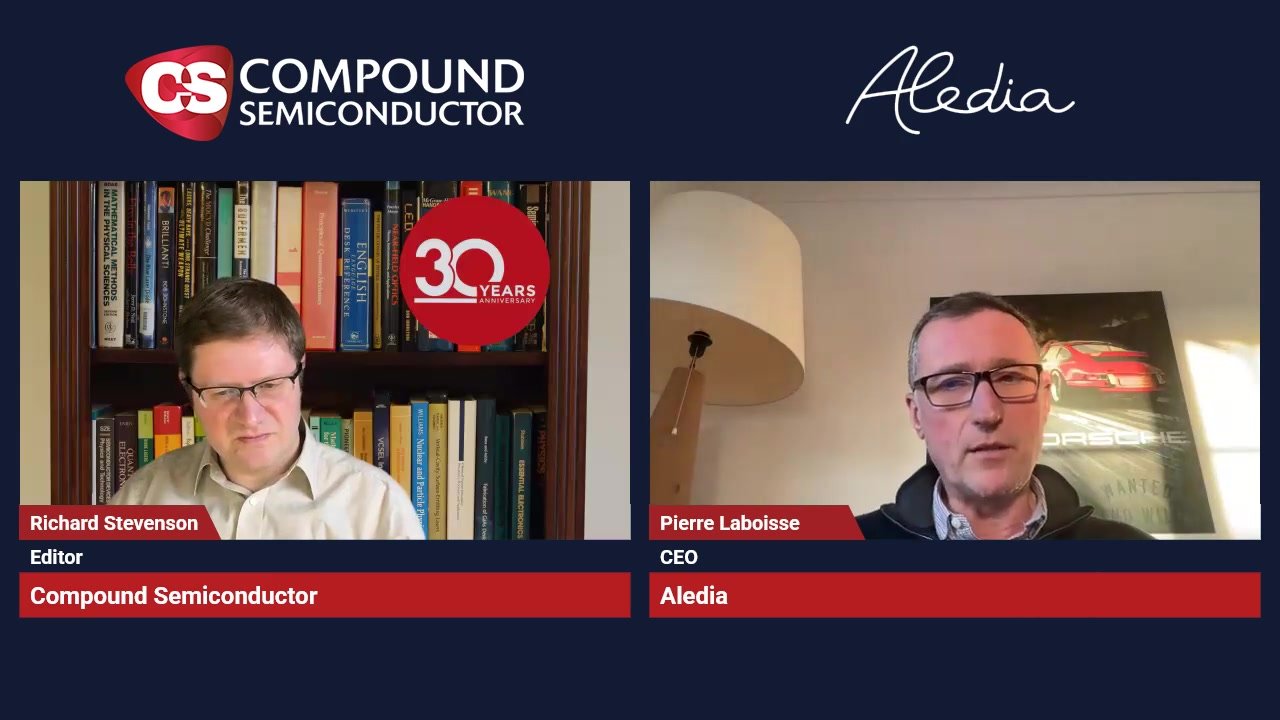Rice team probes MoS2 light-capturing properties
![]()
Rice University researchers have been probing the light-capturing properties of atomically thin MoS2 to understand its potential use in energy-efficient optoelectronic and photocatalytic devices.
"Basically, we want to understand how much light can be confined in an atomically thin semiconductor monolayer of MoS2," said Isabell Thomann, assistant professor of electrical and computer engineering and of materials science and nanoengineering and of chemistry. "By using simple strategies, we were able to absorb 35 to 37 percent of the incident light in the 400 to 700nm wavelength range, in a layer that is only 0.7nm thick."
Thomann and Rice graduate students Shah Mohammad Bahauddin and Hossein Robatjazi have recounted their findings in a paper titled "˜Broadband Absorption Engineering To Enhance Light Absorption in Monolayer MoS2', which was recently published in the American Chemical Society journal ACS Photonics.
"Squeezing light into these extremely thin layers and extracting the generated charge carriers is an important problem in the field of two-dimensional materials," she said. "That's because monolayers of 2D materials have different electronic and catalytic properties from their bulk or multilayer counterparts."
Thomann and her team used a combination of numerical simulations, analytical models and experimental optical characterisations. Using 3D electromagnetic simulations, they found that light absorption was enhanced 5.9 times compared with using MoS2 on a sapphire substrate.
"If light absorption in these materials was perfect, we'd be able to create all sorts of energy-efficient optoelectronic and photocatalytic devices. That's the problem we're trying to solve," Thomann said.
While pleased with her lab's progress, Thomann concedes that much work remains to be done. "The goal, of course, is 100 percent absorption, and we're not there yet."

